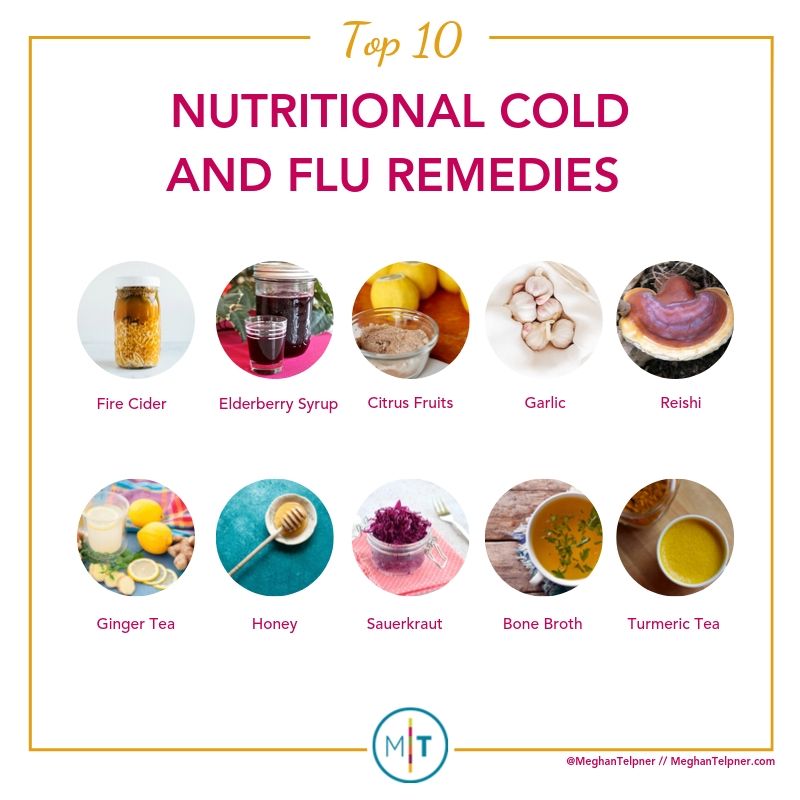
There are many options when it comes to cold and influenza remedies for children. Gargling with salt water, Nasal Saline Drops, Vitamin C, and quitting smoking are some home remedies for stuffy eyes. If symptoms persist for more than three days, it may be time to visit the doctor. Symptoms of a cold or flu may be related to a child's lifestyle, such as smoking or exposure to a lot of dust or pollen.
Home remedies for a stuffy nose
You should look into home remedies for colds and flu in children if they have a stuffy, stuffy nose. Young children may not benefit from over-the-counter medicine for their cough. Drying their nasal passages can make it worse. Encourage your child to drink lots of water to maintain nasal tissue moisture. You can also make 100% fruit popsicles from scratch or purchase them from the supermarket. These may be more popular than water for your child, so it is important to stay away from products containing caffeine.
Gargling with salt water
The use of salt water gargling has been around for centuries. An analysis of 400 people revealed that salt water gargling resulted in 40% fewer upper respiratory tract infections. Gargling with salt water draws fluid from inflamed tissues of the throat, which helps to loosen mucus and flush out other irritants. The Mayo Clinic recommends that you gargle with salt water for around three seconds.

Nasal saline drops
Congestion in the nose is common for children who have respiratory infections or are suffering from common cold symptoms. Congestion can be relieved by using nasal saline drops and sprays. These remedies can help children breathe better by thinning the mucus membrane and reducing swelling. Pediatricians recommend them for infants as well as children because they don't contain medications. Learn how to apply the drops to your child’s nose.
Vitamin C
Although vitamin C has been promoted as a treatment for the common flu, evidence is lacking to support its therapeutic use. A prophylactic dose, which is intended to reduce symptoms of the common cold, may prove beneficial, but its benefits for children remain unclear. Research is needed to determine the optimal dose and timing of supplementation. Children experience more benefits from prophylactic vitamin c than they do from therapeutic doses.
Echinacea
Parents who are looking for natural cold and flu remedies for their kids have an excellent choice in the herb Echinacea. Coneflower, also known by its perennial flowering form, has brightly coloured petals that surround a spiky seeds head. This can be either purple or red. There are many types of Echinacea. The medicinal properties of each one can vary. This herb is rich in phenols, which are active compounds that control enzymes and receptors on cells.

FAQ
How do you measure body fat?
The best way to measure body fat is with a Body Fat Analyzer. These devices are used to determine the percentage of bodyfat in people who desire to lose weight.
How much should you weigh for your height and age BMI chart & calculator
A body mass index calculator (BMI) is the best way to find out how much weight you should lose. The range of a healthy BMI is between 18.5- 24.9. If you want to lose weight, then you should aim to drop about 10 pounds per month. Enter your height and weight to calculate your BMI.
To see if you're overweight or obese, check out this BMI chart.
Do I have to count calories?
You may be wondering "what is the best diet for you?" or "is counting calories necessary?" It depends on many factors such as your current health, personal goals, preferences, and overall lifestyle.
The Best Diet for Me - Which One is Right For You?
My current health, my personal goals and lifestyle will determine the best diet for me. There are many different diets, some good and some not so good. Some diets work for some people, while others are not. What should I do then? How do I make the right decision?
This article aims at answering these questions. It begins with an overview of the different diets today. The pros and cons of each diet are then discussed. We'll then discuss how to choose which one is best for you.
Let's first take a look at different diets.
Diet Types
There are three main types: low-fat, high-protein, or ketogenic. Let's discuss them briefly below.
Low Fat Diets
A low fat diet is a diet that restricts the amount of fats consumed. This is achieved through reducing intakes of saturated fats (butter and cream cheese, for example). They are replaced by unsaturated fats such as avocados, olive oil, and cream cheese. For those looking to lose weight quickly, a low-fat diet is often recommended. This type of diet can lead to constipation and heartburn as well as indigestion. In addition, it may lead to vitamin deficiencies if a person doesn't get enough vitamins from their food.
High Protein Diets
High protein diets reduce carbohydrates to favor of proteins. These diets often have higher levels of protein than most other diets. They are meant to help build muscle mass and burn more calories. They may not be able to provide sufficient nutrition for people who need it. They are not suitable for all people because they can be restrictive.
Ketogenic Diets
Ketogenic diets are also known as keto diets. They are high on fat but low in carbs and proteins. Athletes and bodybuilders use them because they allow them more time and harder training without feeling fatigued. However, they must be used with caution to avoid nausea, headaches and fatigue.
What are the top 10 healthy habits?
-
Every day, eat breakfast.
-
Don't skip meals.
-
Eat a balanced, healthy diet.
-
Get plenty of water.
-
Take care to your body.
-
Get enough sleep.
-
Avoid junk food.
-
Get at least one form of exercise each day.
-
Have fun
-
Meet new people.
What's the difference of a calorie versus a Kilocalorie?
Calories can be used to measure how much energy is in food. The unit of measurement is called a calorie. One calorie is the amount of energy required to heat one gram water one degree Celsius.
Kilocalories refer to calories in another term. Kilocalories equal one thousandth of a calorie. For example, 1000 calories equals one kilocalorie.
Statistics
- This article received 11 testimonials and 86% of readers who voted found it helpful, earning it our reader-approved status. (wikihow.com)
- The Dietary Guidelines for Americans recommend keeping added sugar intake below 10% of your daily calorie intake, while the World Health Organization recommends slashing added sugars to 5% or less of your daily calories for optimal health (59Trusted (healthline.com)
- According to the Physical Activity Guidelines for Americans, we should strive for at least 150 minutes of moderate intensity activity each week (54Trusted Source Smoking, harmful use of drugs, and alcohol abuse can all seriously negatively affect your health. (healthline.com)
- nutrients.[17]X Research sourceWhole grains to try include: 100% whole wheat pasta and bread, brown rice, whole grain oats, farro, millet, quinoa, and barley. (wikihow.com)
External Links
How To
What does the term "vitamins" mean?
Vitamins are organic compounds that can be found in foods. Vitamins allow us to absorb nutrients from food. The body cannot make vitamins; therefore, they must be obtained from food.
There are two types of vitamins: water soluble and fat soluble. Water-soluble vitamins dissolve easily when they are dissolved in water. Vitamin C,B1(thiamine), B2 (2riboflavin), and B3 (3niacin), as well as vitamin C,B1, B2 (riboflavin), and B3 (niacin), vitamin B6 (pyridoxine), vitamin folic acid (biotin), pantothenic, and choline are examples. Fat-soluble vitamins can be stored in the liver or in fatty tissue. You can find vitamin D, E K, A, beta carotene, and other fat-soluble vitamins.
Vitamins can be classified according to biological activity. There are eight major vitamin groups:
-
A - essential for normal growth and maintenance of health.
-
C - essential for nerve function and energy generation.
-
D – Essential for healthy teeth, bones and joints
-
E is necessary for good vision, reproduction.
-
K - Essential for healthy muscles and nerves.
-
P - vital for building strong bones andteeth.
-
Q - Aids digestion and iron absorption
-
R - Red blood cells are made from red blood cells.
The recommended daily allowance of vitamins (RDA), varies according to age, gender, physical condition, and other factors. The U.S. Food and Drug Administration sets RDA values.
For adults over 19, the RDA for vitaminA is 400 micrograms per daily. Because it is essential for the development of the fetus, pregnant women should consume 600 micrograms per daily. Children ages 1-8 require 900 micrograms per day. For infants younger than one year, 700 micrograms are required daily. However, this number drops to 500 micrograms each day for children aged 9-12 months.
Children ages 1-18years who are obese need 800 micrograms per day while those who are overweight need 1000 micrograms per day and children who are underweight need 1200 micrograms per day to meet their nutritional needs.
Children between 4 and 8 years old with anemia will need 2200 micrograms daily of vitamin C.
Adults over 50 years of age need 2000 micrograms per day for general health. Mothers who are pregnant, nursing, or have a high nutrient need will require 3000 micrograms a day.
1500 micrograms are required daily by adults over 70 because they lose approximately 10% of their muscle each decade.
Women who are pregnant, nursing or breastfeeding need more than the RDA. Pregnant woman need 4000 micrograms daily in pregnancy, and 2500 per day after childbirth. Breastfeeding mothers need to consume 5000 micrograms every day when breastmilk has been produced.